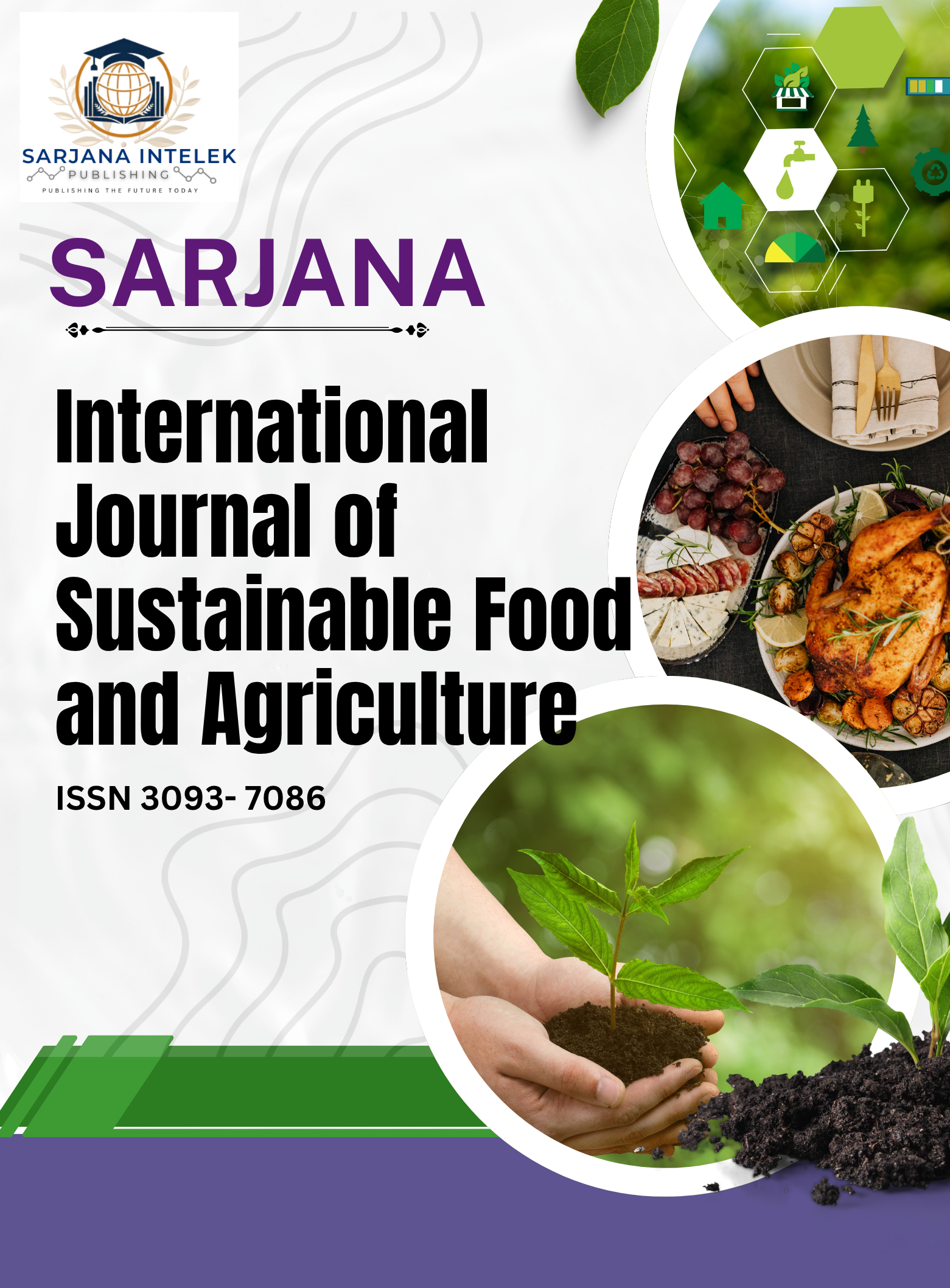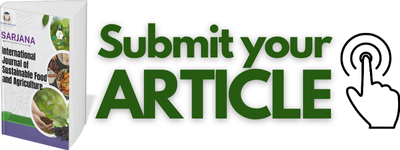Effects of Gelatin and Inulin on the Physicochemical and Sensory Properties of Low-Fat Yogurt
DOI:
https://doi.org/10.37934/sijsfa.1.1.1729Keywords:
Low-fat yogurt, gelatin, inulin, physicochemical, sensory propertiesAbstract
Low-fat yogurt contains reduced saturated fat, offering cardiovascular benefits while retaining essential nutrients present in full-fat yogurt. Despite its lighter texture and reduced creaminess, the incorporation of functional ingredients can improve its texture, consistency, and taste while maintaining lower fat content. However, certain sensory and physicochemical attributes may be compromised in low-fat yogurt due to its reduced fat content. Therefore, this study aims to evaluate the effects of gelatin and inulin supplementation on the physicochemical and sensory properties of low-fat yogurt. The concentration of gelatin and inulin added was 1, 2 and 3%. Gelatin offered a better texture and appearance for sensory analysis; however, increased levels of gelatin negatively affected the attribute mentioned. On the other hand, inulin had a better effect on aroma and taste. Inulin recorded the highest overall acceptability of 6.04 ± 0.90. The two best samples were chosen from sensory analysis for further proximate and physicochemical analysis. Syneresis of yogurt was significantly reduced upon the addition of gelatin with measurements of 2.30, 1.42, and 0.90 on days 1, 7, and 14. Lightness (L*) and yellowness (b*) of low-fat yogurt increased with gelatin and decreased with inulin. Hardness and adhesiveness were significantly improved upon the addition of gelatin, while inulin gave a significant difference in springiness compared to gelatin and standard. In conclusion, the addition of inulin and gelatin in low-fat yogurt has a significant effect on improving its attributes.














